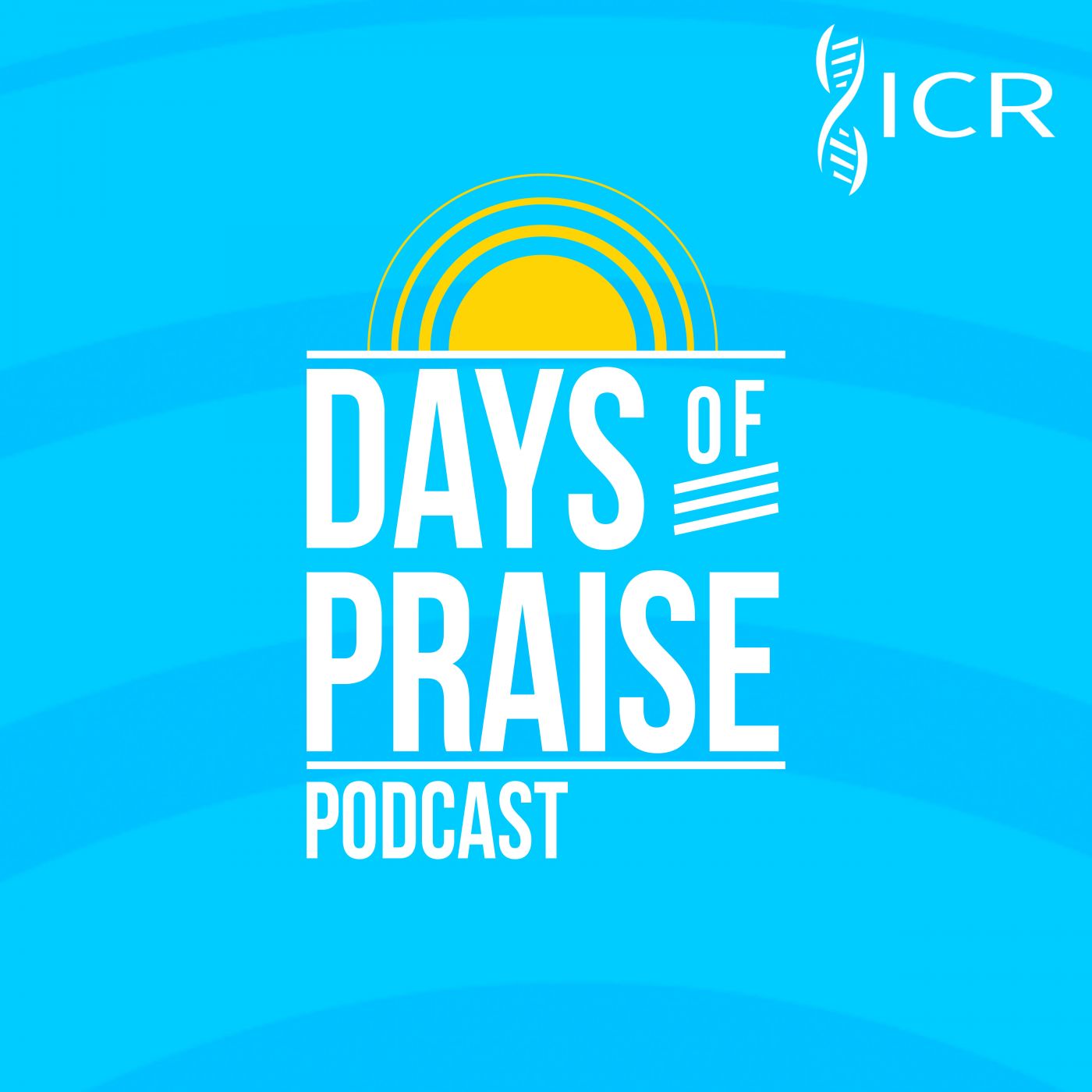“Think not that I am come to destroy the law, or the prophets: I am not come to destroy, but to fulfil.” (Matthew 5:17)
Christ makes this profound statement shortly after the famous beatitudes in the Sermon on the Mount. Jesus came to fulfill the predictions made about Him in the Old Testament Scriptures. He fulfilled the Mosaic law by becoming the ultimate sacrifice for sin as the Lamb of God. He fulfilled the moral requirement of the law by His perfect obedience, which we could never do, and His atoning blood paid the price for our sins. Thus, Isaiah’s words were fulfilled: “He will magnify the law, and make it honourable” (42:21).
Another point to consider is that we should beware of diminishing the importance of the Old Testament. Let us never listen to those who bid us to throw it aside as obsolete, antiquated, or useless. Its teachings are foundational to Christianity. The apostles quoted from it frequently, especially Paul in his epistles. The Old Testament saints saw many things through a glass darkly, but they all looked by faith to the same Savior.
We should also beware of despising the law of the Ten Commandments or think that it has been set aside by the gospel and that Christians should move past it. If anything, Christ exalted the law and raised its authority by going deeper and addressing the attitudes of the heart that led to its violations. By it comes the knowledge of sin through which the Spirit shows our need of Christ. While the law cannot save, it does reveal the life that is pleasing to God. In our journey of Spirit-empowered sanctification, Paul states, “Do we then make void the law through faith? God forbid: yea, we establish the law” (Romans 3:31). JPT
 Days of Praise Podcast is a podcast based on the Institute for Creation Research quarterly print devotional, Days of Praise. Start your day with devotional readings written by Dr. Henry Morris, Dr. Henry Morris III, Dr. John Morris, and others to strengthen and encourage you in your Christian faith.
Days of Praise Podcast is a podcast based on the Institute for Creation Research quarterly print devotional, Days of Praise. Start your day with devotional readings written by Dr. Henry Morris, Dr. Henry Morris III, Dr. John Morris, and others to strengthen and encourage you in your Christian faith.

























